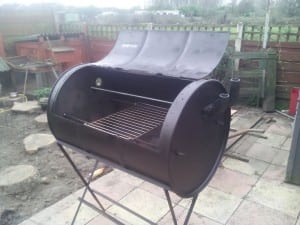Last Updated on October 13, 2022 by teamobn

Smoking foods has become a popular method of preparing food in recent years. This cooking method can infuse food with a unique flavour that is often difficult to achieve with other cooking methods. Smoking foods can also be a great way to preserve food for a longer period of time.
Have you ever wanted to take your smoker with you on road trips or outdoor camping activities? A mini smoker can make this possible, and many models are now available on the market. Or maybe you live in an apartment where a full-size smoker is just too big for the available space. A portable smoker can be a great solution for those who want to enjoy smoked foods but don’t have the space for a full-size unit.
Well, you can have a portable mini smoker by making it yourself! It’s a beautiful summer day, and you’re enjoying the weather by smoking in your backyard. You’re not drinking alcohol, but the smoke is making you feel intoxicated. You’re relishing in the peacefulness of the day, and the warm breeze is making the experience even better.
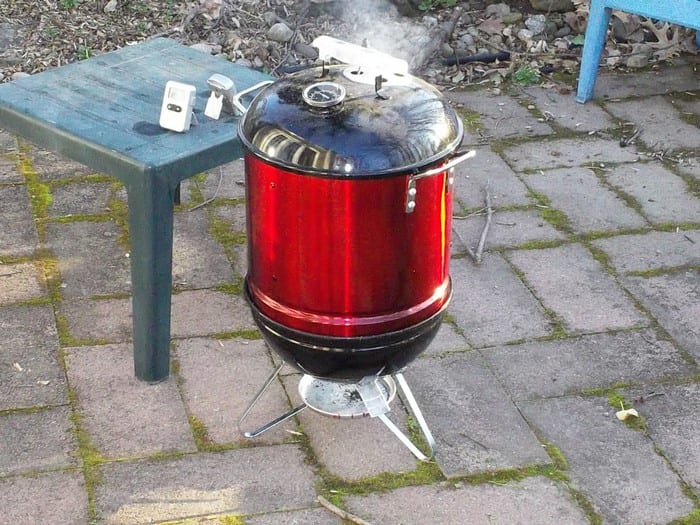
The delicious aroma wafting from the mini smoker is enough to make your mouth water, doesn’t it? You can be smoking beef short ribs, pork tenderloin, or chicken breasts to perfection with this handy little appliance.
When you’re smoking meat, there’s nothing quite like a leisurely bath in the vapours to deepen the flavour and soften the texture. But it’s important to remember that you can smoke anything – pork, chicken, fish – and the low-and-slow cooking method will work its magic no matter what you’re smoking. So don’t be afraid to experiment – you might just be surprised at what you come up with.
You don’t need any special tools to build this DIY mini smoker. Essentially, all you need to do is put together a Weber Smokey Joe and a few other pieces of cooking and grilling equipment. With just a little bit of effort, you can create your own mini smoker that will help you cook delicious meals for your friends and family.
Making your own mini smoker is easier than you might think – and the video tutorial below will show you just how simple it is. Whether you’re looking to save money or just want to try something new, smoking your own food at home is a great way to go. All you’ll need is a few supplies and a little bit of patience, and you’ll be enjoying delicious smoked food in no time.
It works great and is easy to use so even owners of a standard smoker will probably want to have this, too. 😉
Well, how about you? Is this the mini smoker you need?
You’ll need these materials:
- Weber Smokey Joe
- 32 Quart Steamer Pot
- Extra 14” Weber Grate
- 12” Terracotta Planter Tray
- Thermometer Gauge
- ¼” 20 Stainless Steel All Thread
- 5-6″ Carriage Bolt
- Handle Material (wine bottle cork)
- Lock Washers
- Nuts
- Cap Nuts
- High Temp Spray Paint
And these tools:
- Drill
- Wrenches
- Center Punch and Hammer
- Measuring Tape
- Sharpie
Click on any image to start the lightbox display. Use your Esc key to close the lightbox. ![]()
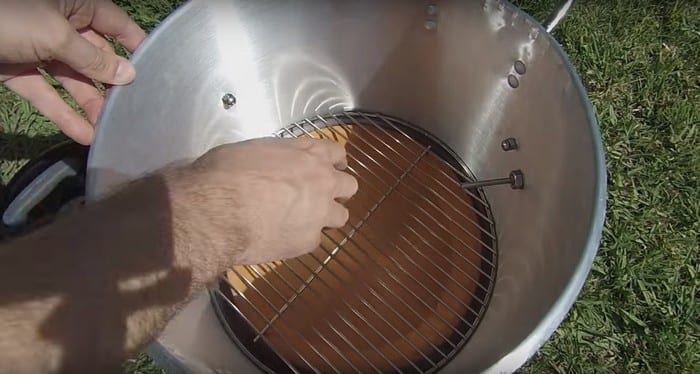
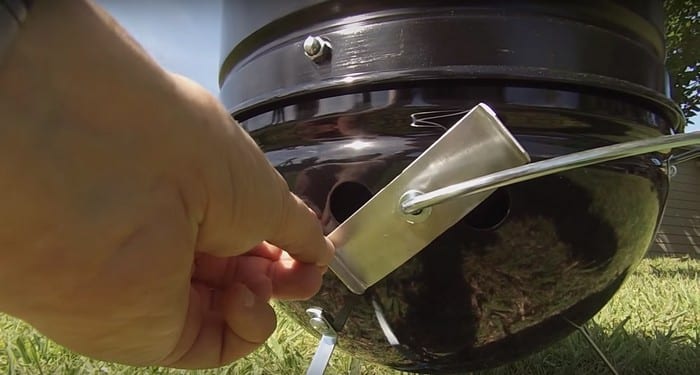
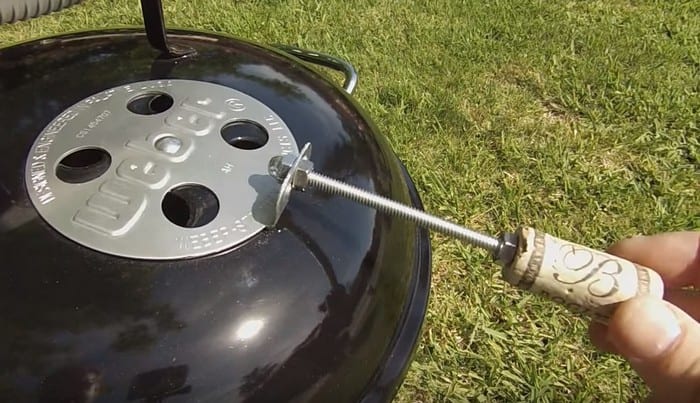


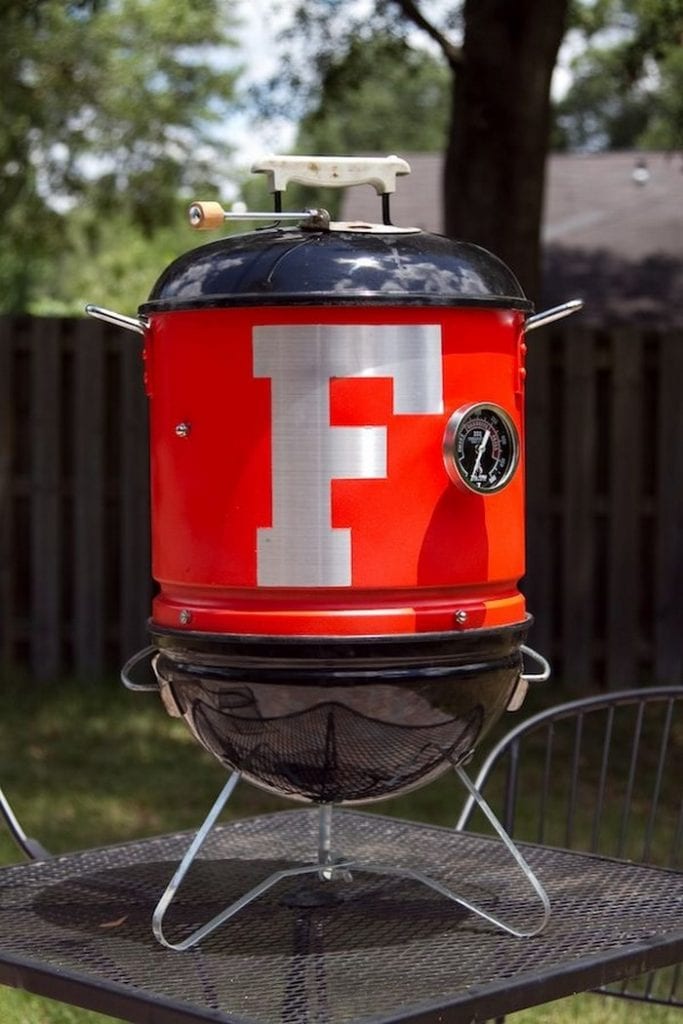
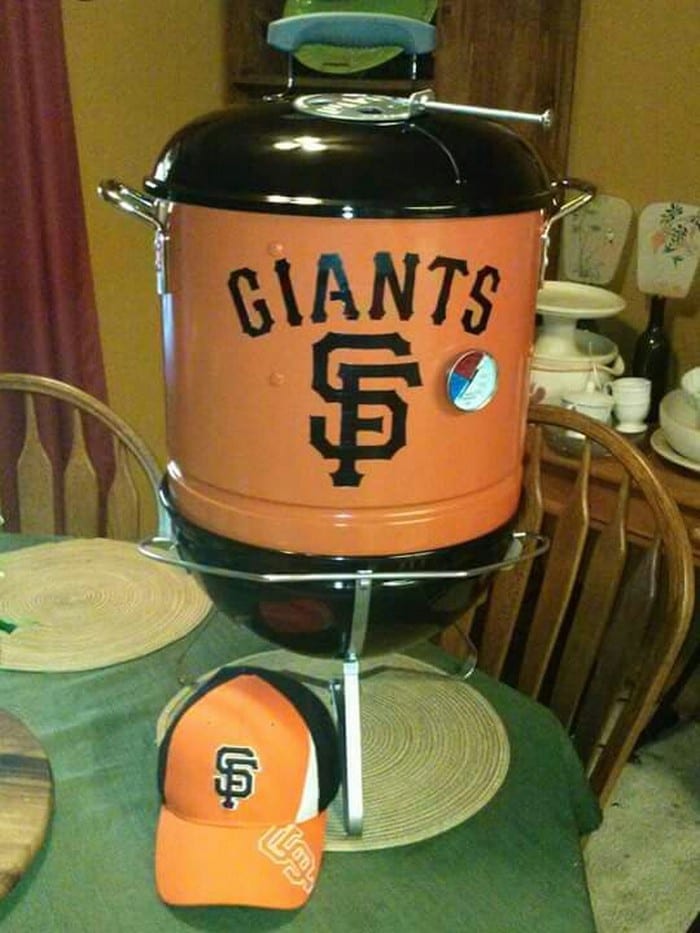
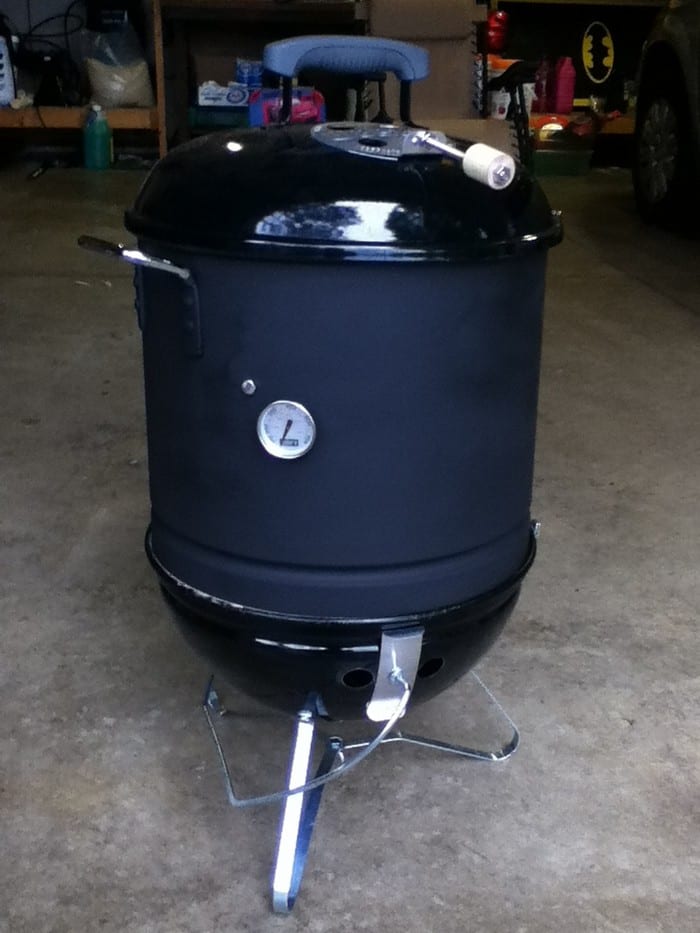

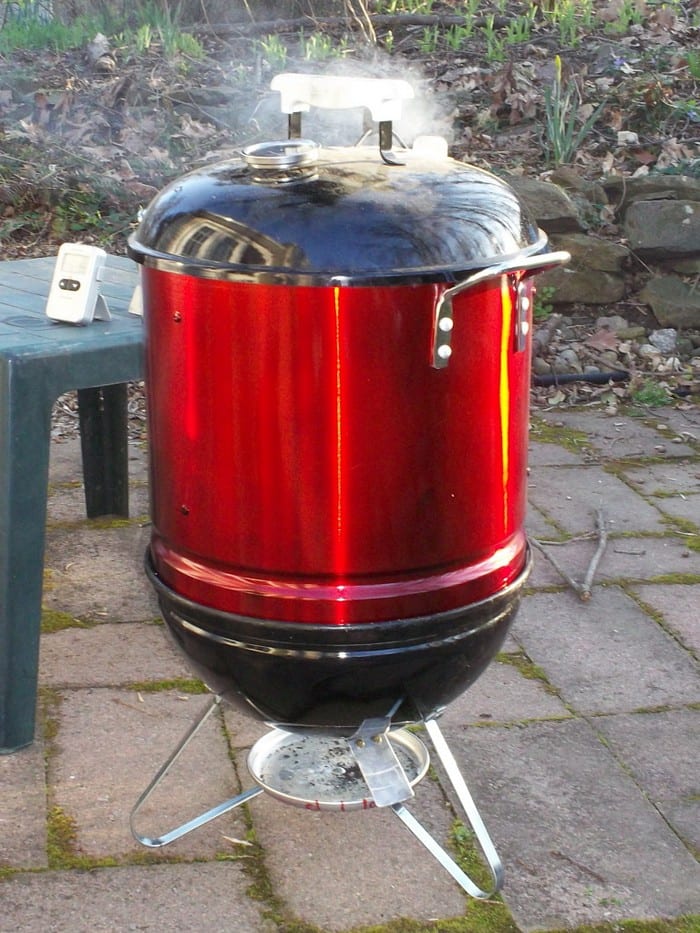
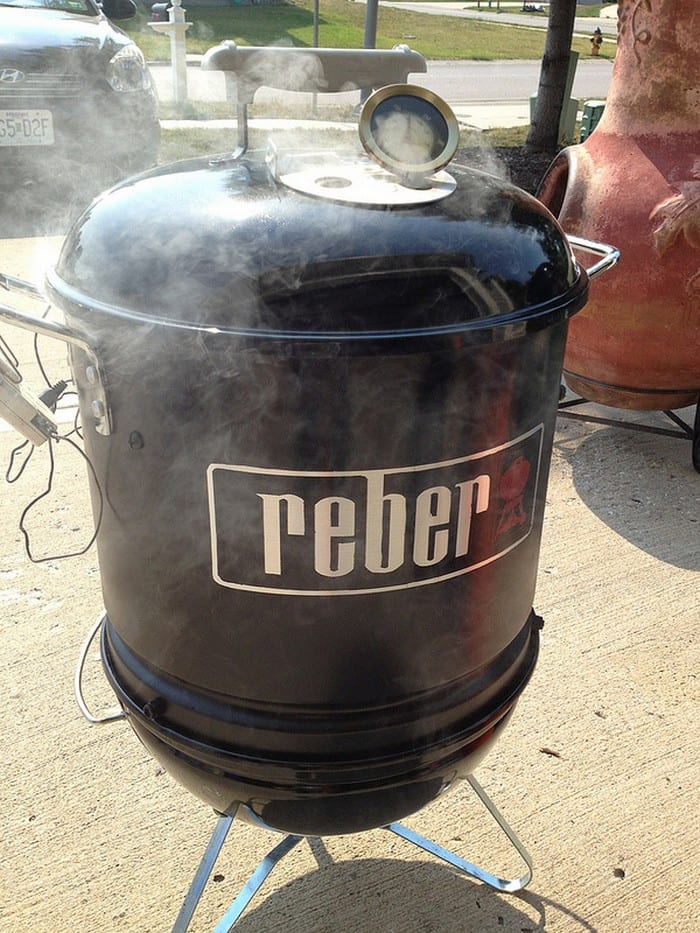
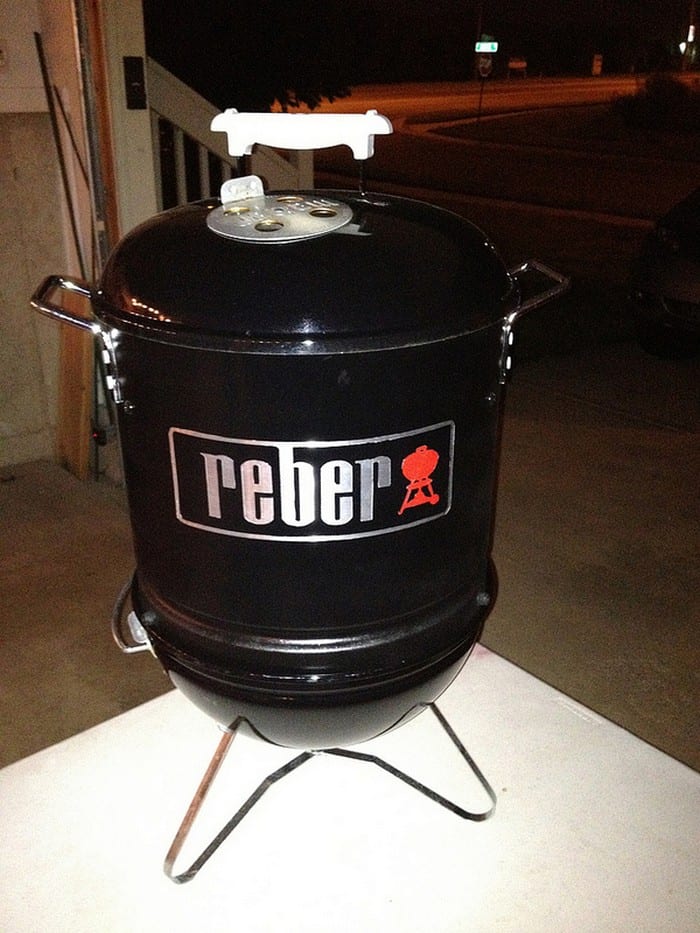
Depending on the materials you use, your budget for this project will vary. If you opt for brand-new materials, you will need a higher budget than if you source materials from a thrift shop. However, with careful selection, thrift shop materials can be just as effective as new. Consider your options and make the best choice for your project.
Thanks to Smoked Meat with Jef. You can watch the video tutorial here:






